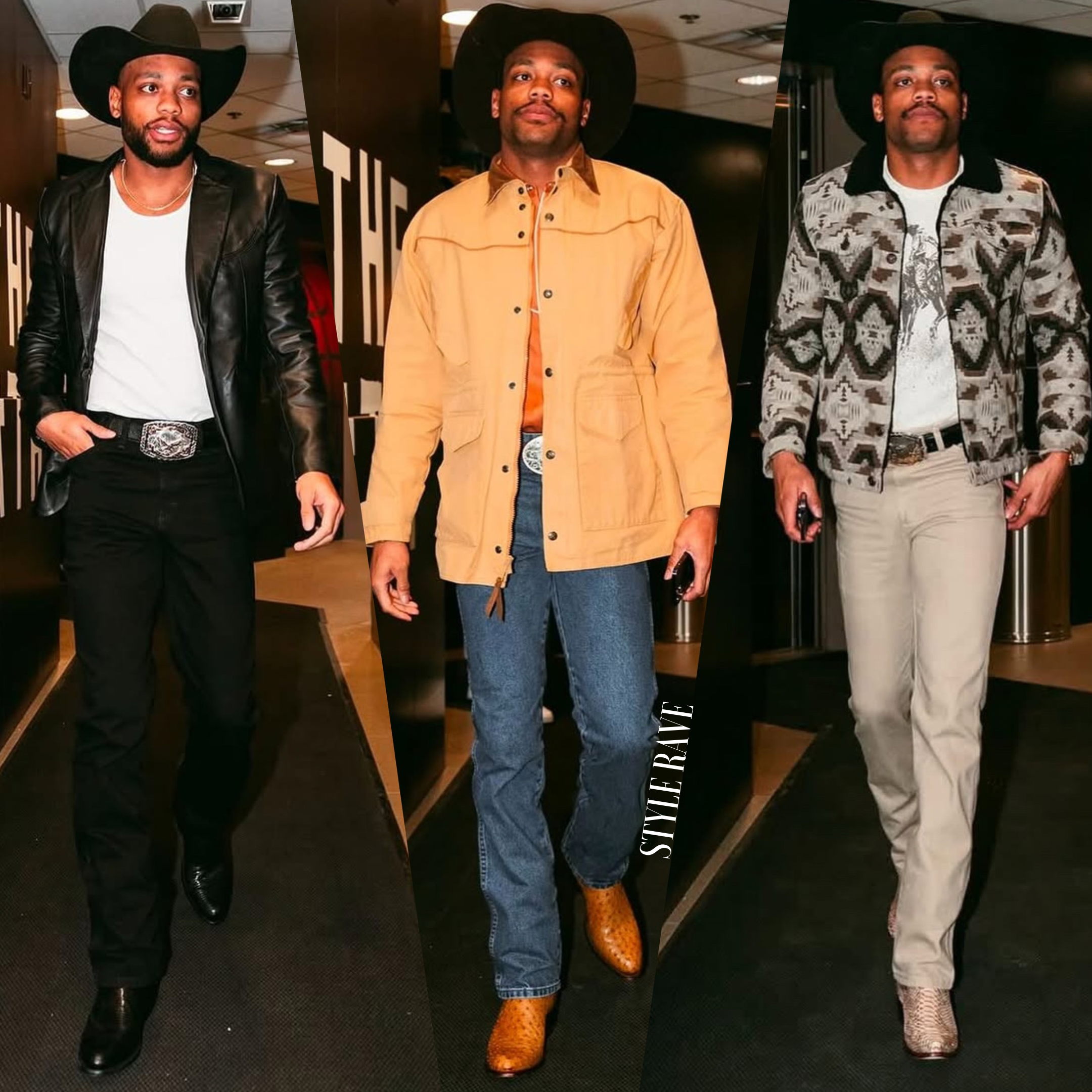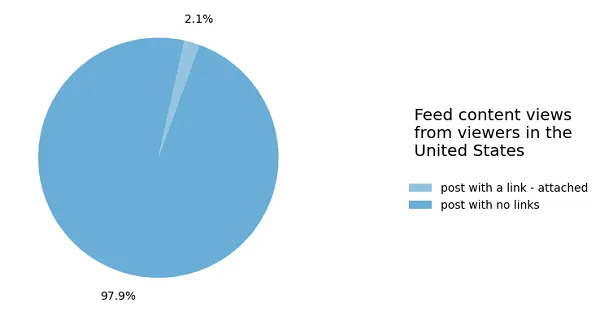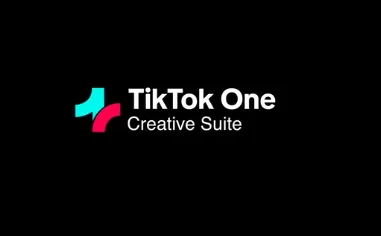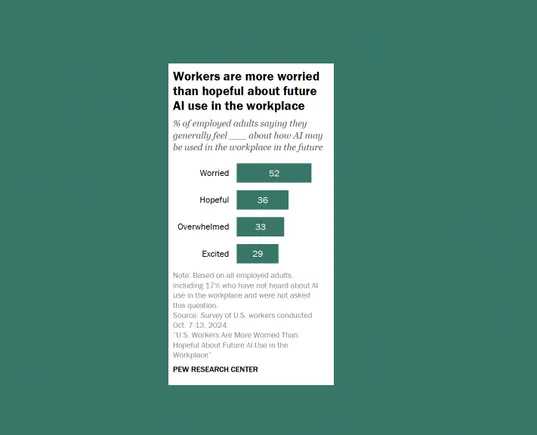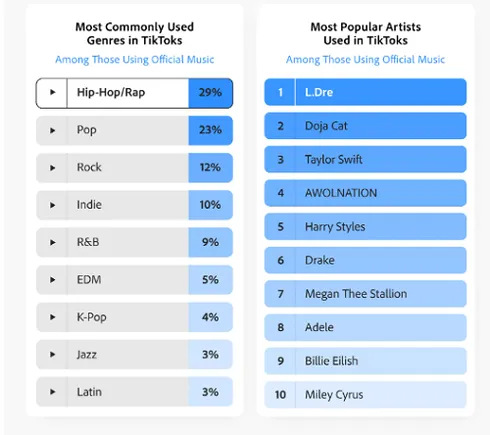It’s not news that CEOs from every industry are struggling to attract and retain great employees. Between surging labor costs and employees resigning en masse, it’s been a rough one for U.S. companies. This week, a New York Times article suggested employers are actually “hoarding workers” in response to the talent shortage.
With quantity an ongoing problem, quality of hire is especially critical, but historically it’s been an elusive metric, arrived at through a painful, expensive process of trial and error (and some never get it right). According to a recent study, over 50% of new hires are actively looking to leave within their first 90 days. Combine that with shifting headcount goals and an uncertain macroeconomic backdrop, and it’s more important than ever for CEOs to align their HR and people leadership teams and strategies quickly. Just like with product development or sales, when it comes to talent, you can’t improve what you can’t measure. Using quality of hire (QoH) metrics, CEOs can improve talent acquisition and ensure they have the right people for business growth and success—and will be much more likely to keep them.
In its simplest form, QoH is the impact each person has on the organization. A quality hire is highly competent in their role based on their capabilities and strongly culturally aligned within an organization. Measuring the quality of a new hire means focusing on outcomes, not just how quickly a role was filled. As a result, QoH metrics must include data on the success of a new hire in their first weeks and months based on factors like performance, alignment and belonging within their role and organization.
While these metrics have historically been difficult to create and measure in actionable ways, the premise of measuring the success of recruiting and hiring by examining ROI produced by new hires is not a new concept. Fortunately today, new models and tools are available that are helping organizations like Snapdocs, Zapier, Verana Health, and many more do this effectively. Chad Herring, CHRO at ZoomInfo, used Searchlight’s technology to create a system in one quarter that would have taken over a year to do manually. The ROI was millions in recruiting costs saved and millions in additional revenue because of increased performance.
While these metrics have historically been difficult to create and measure in actionable ways, the premise of measuring the success of recruiting and hiring by examining ROI produced by new hires is not a new concept. Fortunately today, new models and tools are available that are helping organizations like Snapdocs, Zapier, Verana Health, and many more do this effectively.
Why should CEOs be measuring quality of hire? Here are five reasons:
1. To create the right paired metrics to get desired outcomes. A 2011 talk given by Keith Rabois on “How to Be an Effective Executive” shared the “paired metrics” framework to prevent teams from overly optimizing to a single goal with terrible consequences. He uses hiring as an example and listed the most effective paired indicators as time-to-hire and quality-of-hire. Understanding quality of hire helps talent professionals recruit more intentionally in the first place, get more credit for getting the right people in the right roles, and prevent turnover issues down the line. Pairing hiring quality with hiring speed creates the right incentives, ensures that speed doesn’t erode talent quality, and leads to sustainable headcount growth.
2. To better business performance. In Reed Hasting’s book, No Rules Rules, he speaks about Talent Density and how Netflix would rather hire a single top performer than 10 average ones because it leads to better business outcomes. Studies have shown that one successful hire can outperform an average hire by 400%. Measuring QoH is how organizations can get a quick understanding of whether or not a new hire is successful within their first six months and then intervene to maximize performance (e.g. reset job expectations, offer another manager). Without an early QoH feedback loop, CEOs and their teams lack data and visibility into whether or not they are hiring well and the levers they can pull to improve their hiring performance, and as a result, business performance.
3. To decrease cost by reducing mis-hires and lost productivity. According to Dr. Bradford Smart, author of Topgrading, the cost of a mishire ranges from 5 to 27 times the amount of a person’s salary. That cost is not just the new hire’s salary, but also the cost of lost team productivity while they’re hiring and onboarding the mishire, decreased morale from a painful hiring outcome, and increased burnout because the team is working extra hard to meet business goals while under-resourced. By operationalizing learnings from measuring QoH (such as putting the attributes of identified “quality hires” into new interview scorecards), CEOs can make it a priority to improve hiring practices that attract, hire, and onboard the right people and reduce mishires.
4. To build a strong, adaptable culture that attracts the right people. Successful new hires positively contribute to building and maintaining a strong, authentic company culture. According to the 2022 Edelman Trust Barometer, 60% of people choose a place to work based on their beliefs or values. This means a strong culture is a competitive advantage in the era of talent scarcity, and CEOs should care about how new hires are upholding and adding to the existing culture. But traditional, qualitative approaches for measuring culture and values fit lead to biased, incorrect or outdated results. Connecting QoH data to the culture preferences of new hires gives CEOs and their people leaders leading indicators on not only the culture add of each new hire, but also how the culture in their organizations may be changing with each new onboarding class. This empirical data allows organizations to adapt and continuously bring in the right people.
5. Because investors are asking about it. A CEO’s ability to recruit and retain great talent is a signal to investors that the CEO can build a great company that lasts. Board members are beginning to ask not only about headcount coals, but about the quality of those hires. Allison Pickens, a C-Suite executive turned investor, has written about “talent efficiency“as a parallel metric to sales efficiency when considering potential investments. Arguably, talent is a scarcer resource than capital right now. Just as sales efficiency measures how efficiently a company produces revenue with every dollar spent on sales and marketing, talent efficiency is a measure of how a company produces outcomes with every hire made or hour worked. When payroll is the highest cost area of a business, it pays to be able to do more with higher quality hires.
QoH obviously impacts more than just these key areas. For example, it can be used to hone DEI initiatives, improve time-to-productivity ratios, define and validate employer brand, and more. And QoH plays a larger role in being able to build a cycle of talent success (or a closed loop). When measured correctly and combined with predictive talent models, it even allows organizations to predict if an employee will be successful at an organization—before they’re hired.
CEOs play a critical role in talent acquisition and by better understanding the value of QoH and what’s possible when measuring it, they can build better businesses—better for the financial stakeholders and better for the teams delivering on that promise.
























